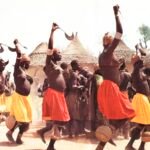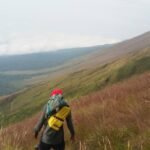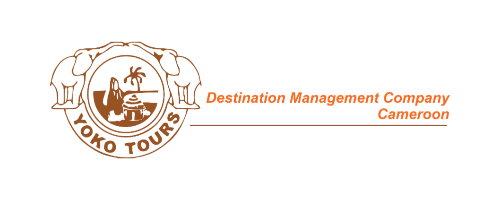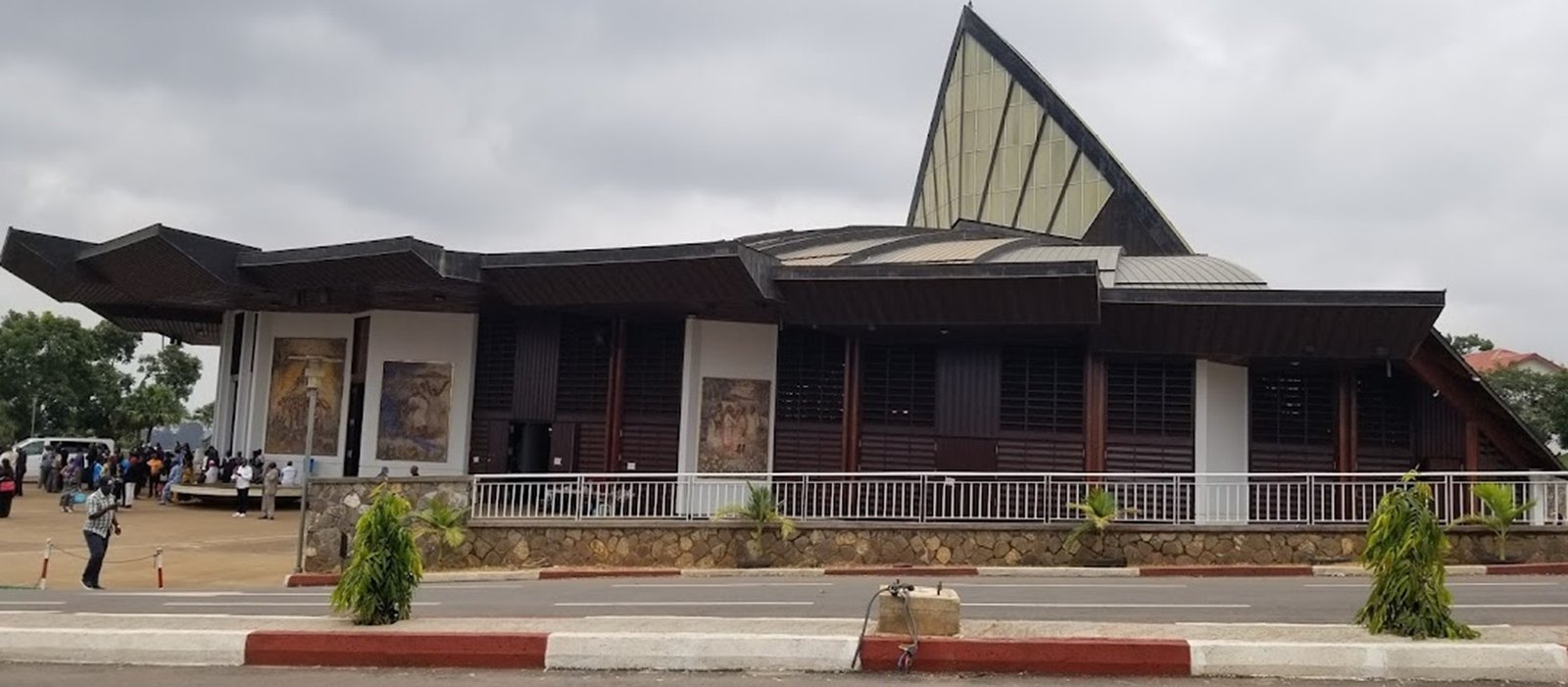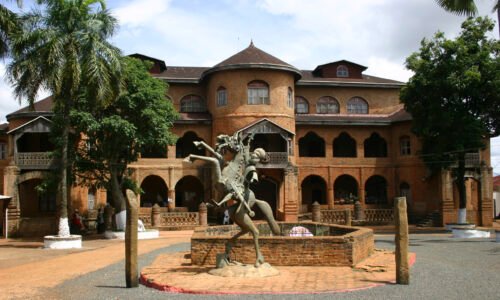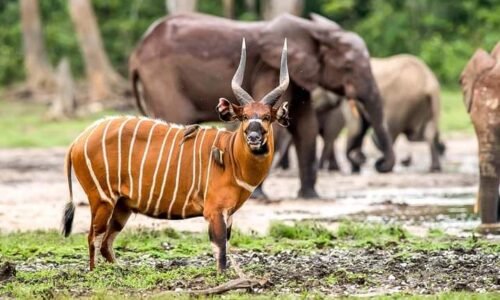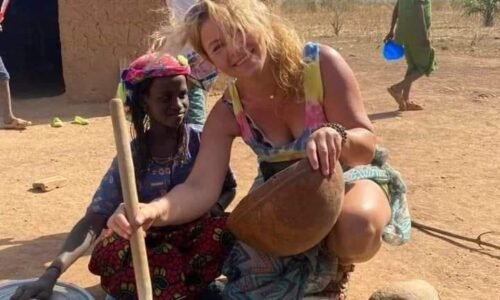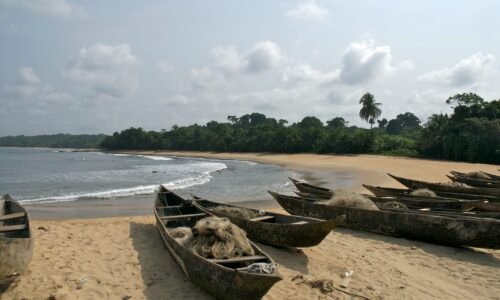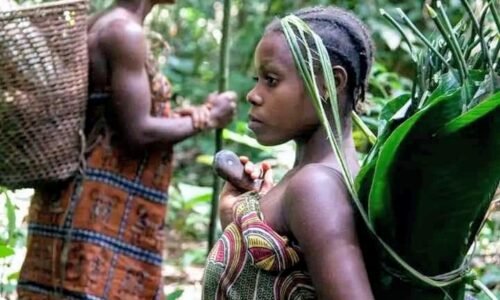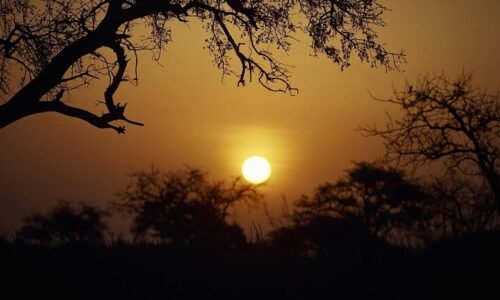Discover Cameroon « All Africa in one country
“Welcome To Cameroon”
The heart of Africa beats in Cameroon, involved in tourism activities. It offers a diversity of landscapes, cultures and people; the immense equatorial forest; rivers with spectacular waterfalls; the lunar landscapes of the North; the tawny savannah inhabited by an impressive fauna; kilometer-long beaches shaded by coconut trees are some of the attractions, which give the visitor a full taste of what Africa looks like.
Cameroon is a meeting point of the African lineage, for it brings together at least two hundred ethnic groups each with its language, culture and traditional beliefs: pygmies, Sudanese, bantus and semi- bantus…this diversity gives unity to the country…during the fantasia, which takes place in the northern part of the country with warriors dressed in coats of mail and wearing helmets on horseback, in a cloud of dust with their horses richly decorated.
THE DIFFERENT CLIMATES OF CAMEROON
“When To Go?”
It all depends on where the tourist wants to go.The south of the country is entirely wooded, knows in the year four seasons; a dry season from December to March, a short rainy season from April to June, a short rainy season from July to September and a long rainy season from October to November. In the north, on the contrary, there are two distinct seasons: a rainy season from June to October and a dry season the rest of the year. But all this is theoretical, because the nuances exist for example in the West where the rains fall in July, August and September and in the coast it rains almost all the time. Apart from the national parks located in the North of the country which are difficult to access during the rainy season, Cameroon can be visited all year round.
CULTURES & TRADITIONS OF CAMEROON
It is important to know the customs, language, food, arts and religion of Cameroon.
Customs of Cameroon
Rather conservative when it comes to dress, Cameroonians place great importance on how you dress: the better you dress, the better you will be considered and treated. Cameroonians are very hospitable, but they can sometimes be suspicious of strangers, especially in places less frequented by tourists. When you enter rural areas, it is better to go and find the village chief (fon in the West, lamido in the North), to announce your presence to him and obtain his authorization to roam the tribal lands. The ensuing discussion should always remain courteous: your sense of humor and your calm will be your best assets.
Finally, it is polite to offer a present to the chef (a bottle of good whiskey or some money).
THE DIFFERENT LANGUAGES IN CAMEROON
French and English are the two official languages of the country, but French remains the most widely used, especially in large cities, such as Yaoundé or Douala. About 10% of the population speaks Pidgin English, mostly in the western regions near Nigeria. Bamileke, Ewondo, Bamoum, Fufulde and Arabic are some of the local languages. Two great Cameroonian writers, Kenjo Jumbam and Mongo Beti, relations with European settlers.
CAMEROONIAN GASTRONOMY
Delicious, Cameroonian cuisine is essentially prepared with cassava leaves. The sauces are usually accompanied by rice or a thick cereal porridge served as couscous, pasta or fufu, and composed of rice, corn, cassava, plantain or banana. The dishes sold in the streets are generally excellent: mostly skewers of grilled and spiced meat served in bread with salad and a sauce. In Yaoundé, grilled chicken and fish dishes are particularly tasty.
THE DIFFERENT RELIGIONS IN CAMEROON
Sixteen million inhabitants divided into 280 ethnic groups and more than 200 languages: difficult to establish a precise distribution of the religions practiced. The following figures are estimates corresponding to a changing reality, Christian and Muslim proselytism still being active. Traditional religions (40%), marked by animism, can overflow into monotheistic communities. Catholics are the majority, representing around 40% of the population. Muslims follow with 20%, followed by Protestants. Muslims are traditionally predominant among the Fulbe and in the North, although there are also animists in this region (Kirdis – literally “pagans”). The southern and eastern forests are home to groups of traditional religions.
CAMEROON, TRADITIONS, ARTS & CULTURE
Cameroon is famous for its crafts: clay and ceramic work in the Bamenda region or sculpture – in particular masks – in the highlands of the North-West. These masks often depict animals that are believed to transmit their characteristics or powers to its wearer. Stylized representations of spiders, symbol of wisdom, are commonly present on the objects intended for the chiefs. Bronze and copper are also worked with finesse in the Tikar region. These pieces are often figurative.
SPECIFIC DESTINATIONS
THE MANDARAS MOUNTAINS THE LUNAR LANDSCAPES OF THE KAPSIKIS
Go to the discovery of the Mandara Mountains and the lunar landscapes of the Kapsikis give nature this beauty which made André GIDE the French writer say that they were “the most beautiful landscapes in the world”, Rhumisiki gets lost in a extra-terrestrial landscape created by volcanic dykes. These gigantic peaks of lava from volcano chimneys have protruded from the surface of the ground, as if they had punctured the earth’s vault. On the horizon looms the chain of Mounts Mandaras: a dreamlike vision…
Boubandjida National Park “Meet the last black rhinestones and the Derby elk, the largest antelope in AFRICA”
Lobéké National Park, for those who wanLocated on the border of Chad, Boubandjida National Park covers 220,000 hectares. It is the most beautiful and the wildest in Cameroon. With its magnificent setting and its rich and varied fauna,BOUBANDJIDA is the stronghold of the black rhinoceros and the Derby elk or horse-antelope, the most beautiful and largest of the antelopes (the male can weigh up to a ton) all both endangered.
Whose fauna is composed of: Elands de Derby, Cobb de Buffons; Grimm’s duikers, hippopotamuses, hypotraques, waterbucks, lions, monkeys of the baboon family, white and black-mantled colobus Monkeys.
Lobéké National Park “The kingdom of gorillas”
Located in the province of East Cameroon, the Lobéké National Park, part of the Congo Basin, is situated in the extreme south-east of Cameroon. It covers an area of 217,854 ha. Created on 19 March 2001, the Park is managed as part of the cross-border conservation initiative known as the Tri national de la Sangha (TNS). In addition to the Lobéké National Park, this priority landscape for biodiversity conservation includes the protected areas of Dzangha-Sangha (CAR) and Nouabalé-Nkoki (Congo Brazzaville). Lobéké has a network of marshy clearings, particularly on the eastern flank of the park, offering Safari enthusiasts the chance to film elephants, gorillas and chimpanzee monkeys, thanks to the miradors available in the Park, set up near the natural salt pans (or bays) to observe the animals.
The Dja biodiversity reserve “For lovers of ecotourism”
Located in the south of Cameroon and declared a World Heritage Site by UNESCO in 1987, the DJA reserve covers an area of 5260 km2 and hasmore than 1500 plant species. As for the fauna, it counts more than 107 mammals and 320 species of birds scattered inside and around the reserve. This fauna includes elephants, gorillas and chimpanzees. Ideal for eco-tourism lovers. In the Dja Biodiversity Reserve, you will live a unique experience in the company of the pygmies, the first inhabitants of the equatorial forest, who will initiate you to hunting, fishing and traditional medicine and to the traditional gathering of honey. At night, the whole tribe will perform their dance for you around a large wood fire.
Mount Cameroon “The Chariot of the Gods”
An active volcano dominates with its majesty the entire coastal region. The “Chariot of the Gods”. As would have been called, according to legend, Hanno the Carthaginian is the highest peak in the country. With its 4100 m has survived a flora dating from the quaternary. You can practice trekking, excursions and hikes thanks to the chalet’s refuges arranged all along the course of the eastern tip of the mountain. The ascent to the summit of 4100 m is both fascinating and you will discover breathtaking nature.
BA’AKA PYGMY
Most tourists disembark at Douala or Yaoundé, Cameroon’s two largest airports, before continuing their treks into the equatorial forest of East Cameroon, where a change of scenery and adventure await them. Here, gorillas and chimpanzees compete for the forest with pygmies, considered to be Cameroon’s oldest inhabitants. In the giant equatorial forest where the Baka’a pygmies live, musicians to the core, immerse yourself in the world of these little men who will perform their ritual Buma dance for you, describing their life among the animals of the forest. You’ll have the chance to take part in their village activities.
BANDJOUN & BATOUFFAM CHIEFDOM
With its decor of high huts topped with thatch. The Bandjoun chiefdom is the most beautiful and best preserved. 20km from Bafoussam, this traditional town is lost in a circle of greenery. With its bamboo and thatch huts built on the traditional model, the chiefdom of Batoufam and its museum could one day become as famous as that of Bandjoun.
FOUMBAN
Discovering Foumban palace and his new museum, the visit of the Palace and the museum of the sultanate of Foumban: seat of the Bamoun sultanate, artisanal capital of the west, guardian of two museums and a palace, Foumban constitutes one of the first tourist sites of the country. Let yourself be led by swarms of kids in this city whose history dates back to the 17th century, the palace of the sultans, a unique, strange building. The Sultan’s Museum houses thrones, trophies, weapons, statues… that belonged to the ancestors of the current Sultan. The Bamoun Museum of Arts and Traditions, one of the most beautiful museums in the country, contains a rich collection of works of art.
Stroll along the craftsmen’s street where wood carvers, founders and blacksmiths work before your eyes.
KRIBI
The Kribi coast is the real Cameroonian Riviera, a world in contact with the equatorial forest and the ocean. Londji, the most beautiful beach in Cameroon offers a dream vacation spot. The Lobé falls flow directly into the ocean in a series of cascades, a unique phenomenon in the world. In a magical setting, this river tumbles from a thirty-meter-high cliff, widening the sky with its spray. You can discover a little further, two typical fishing villages, Eboundja and Ebodjé, where fishing is almost miraculous.

